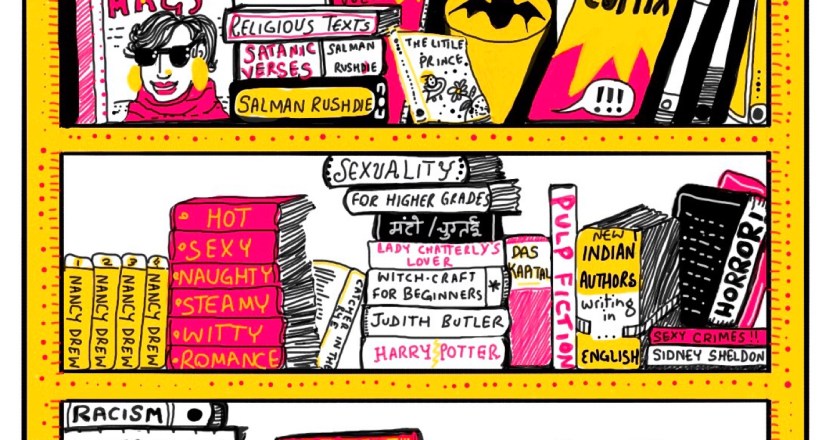Breathe
Bookworm recommends these Picture Books when being alone:
Roxaboxen by Alice McLerran, illustrated by Barbara Cooney, from An Anthology of Stories and Poems by World Book, Inc.
A River Dream by Allen Say, published by Houghton Mifflin Company
Draw by Raul Colon, published by Simon & Schuster Books
Bertolt by Jacques Goldstyn, published by Enchanted Lion Books
Silent Music by James Rumford, published by Roaring Brook Press
The Cello of Mr. O by Jane Cutler, illustrated by Greg Couch, published by Dutton Children's books
When I coloured in the World by Ahmadreza Ahmadi, illustrated by Ehsan Abdollahi, published by Tiny Owl
The Trip by Ezra Jack Keats, published by Scholastic Inc.
The Lost Thing by Shaun Tan, published by Simply Read Books
The W...




















